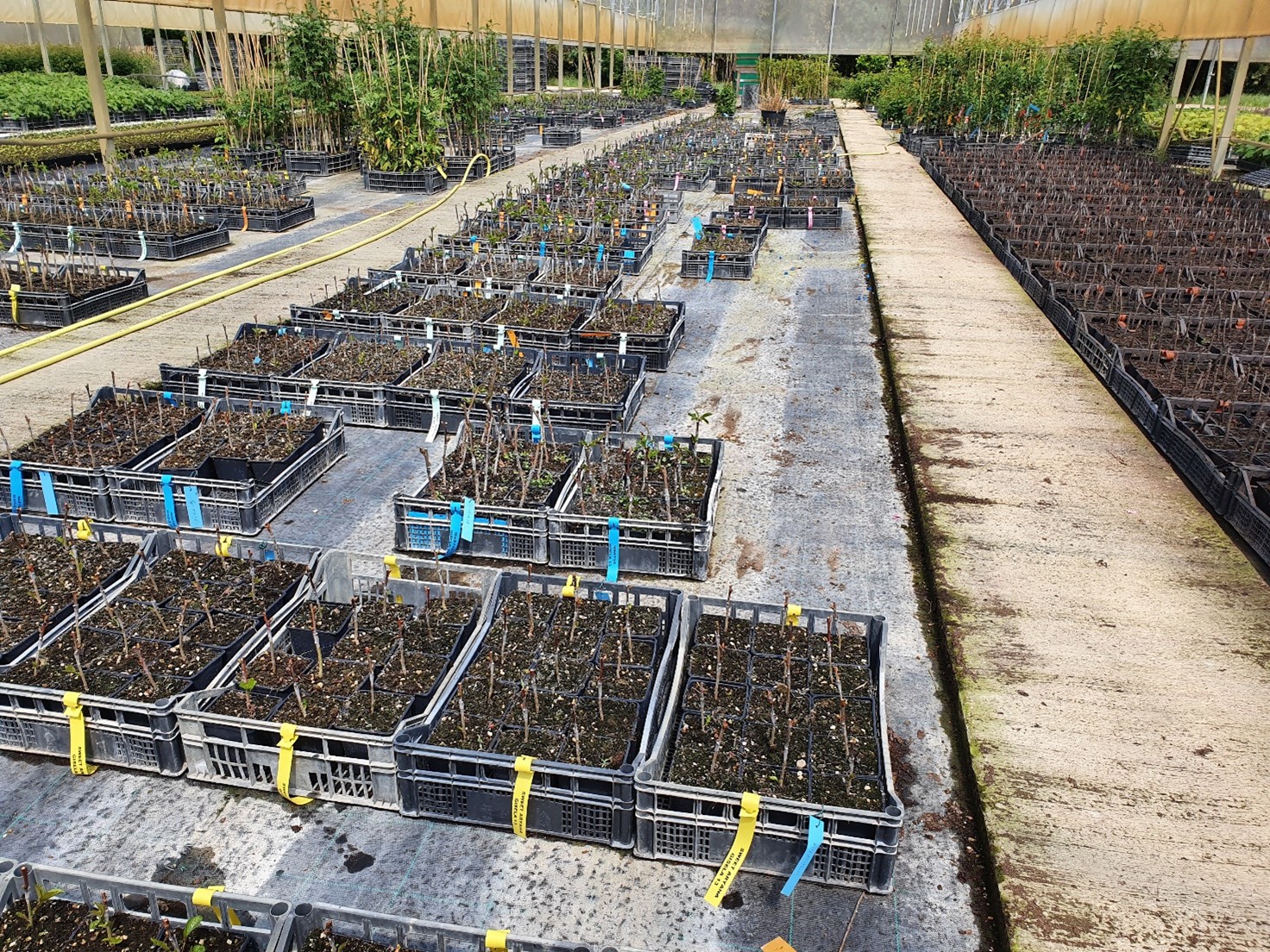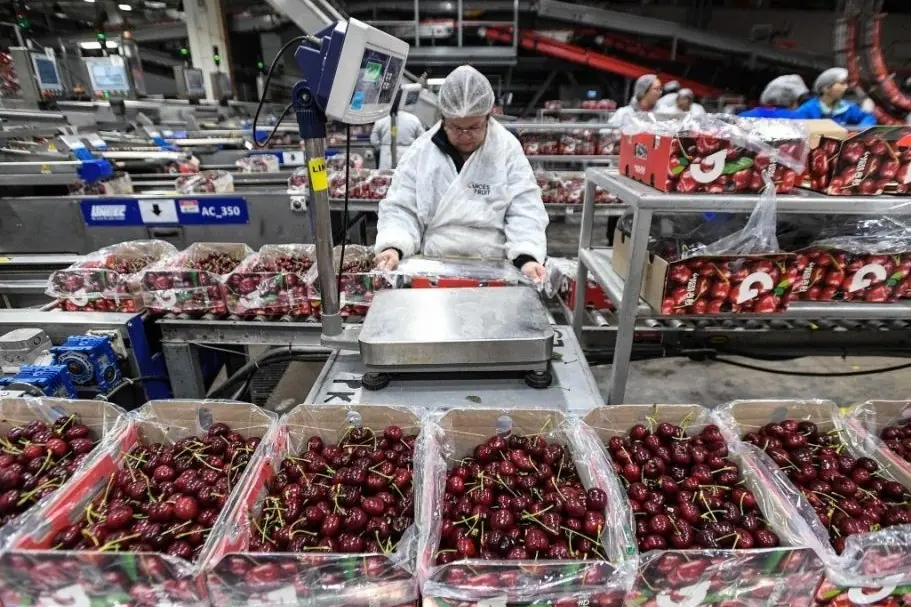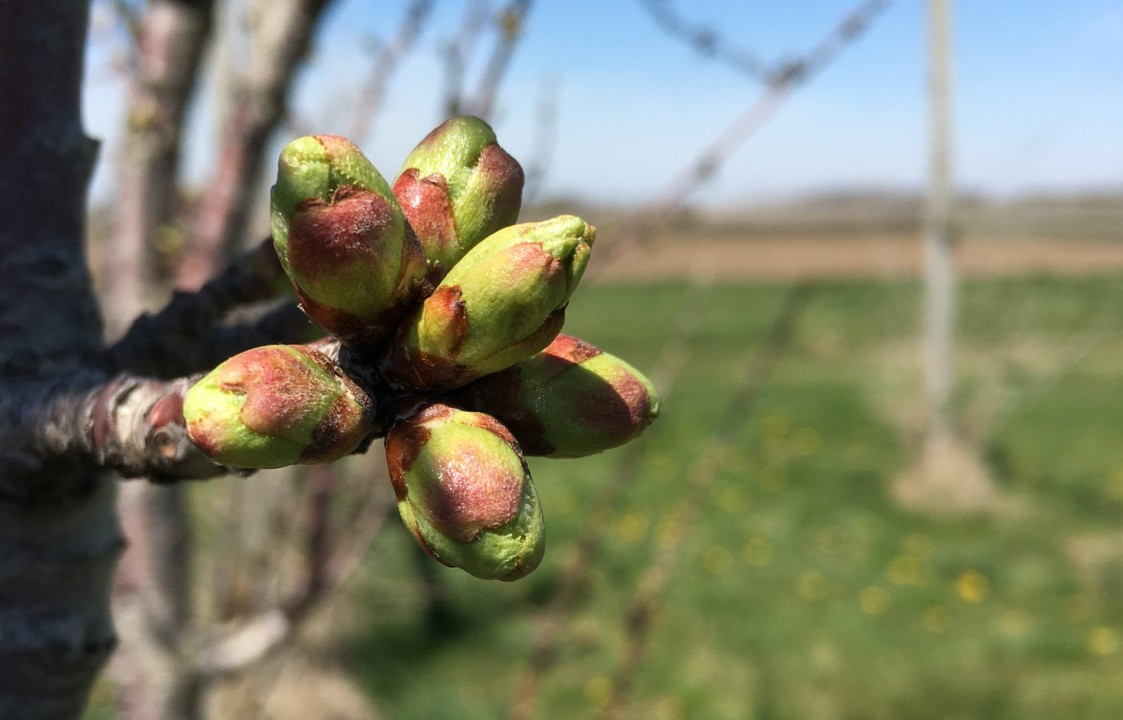Sweet cherry cultivation is on the rise in Europe due to the growing demand for high-quality fruits and their economic value. The choice of rootstock and propagation method plays a crucial role in determining the success of cultivation. Among the most commonly used rootstocks, GiSelA 5 stands out for its ability to reduce plant vigor, improve yield, and facilitate the management of intensive orchards.
The primary challenge with this rootstock lies in its propagation difficulty, traditionally requiring complex and costly in vitro techniques. A recent study from Poland compared two propagation methods for GiSelA 5: the use of stem cuttings and the in vitro method, evaluating their impact on tree growth, particularly on the varieties “Bellise”, “Earlise”, “Lapins”, and “Vanda”.
The results highlight that propagation via stem cuttings offers advantages over the in vitro method, especially regarding certain growth parameters. Trees propagated with cuttings showed a greater trunk diameter, with increases ranging from 23% to 29%, depending on the variety, and a significantly higher number of lateral branches, with increases between 73% and 172%.
Moreover, the root systems of trees propagated by cuttings were more developed than those of trees propagated in vitro (by 13.5% to 21.2%), with the exception of the “Earlise” variety.
From a physiological perspective, no significant differences were found in parameters such as the plant total fresh weight, leaf mass, or leaf blade area. However, physiological processes like net photosynthesis and leaves internal CO2 concentration showed higher values during the first year compared to the second.
This result is attributable to more favorable climatic conditions during the first year, characterized by frequent rainfall and mild summer temperatures, which promoted vegetative growth and improved physiological efficiency.

Another noteworthy aspect of the study concerns the relationship between root structure and the absorption of water and nutrients. Plants propagated by cuttings developed longer and more robust roots, which allowed better access to water and nutrient resources, especially in soils with suboptimal characteristics. In contrast, the roots of plants propagated in vitro tended to be more numerous but less developed in length, limiting their adaptability to water stress conditions.
In conclusion, the study suggests that propagation via stem cuttings represents a viable alternative to the in vitro method, not only due to its lower cost but also for the better growth parameters observed in many of the analyzed varieties. However, many variables can influence the outcomes, such as soil type, climate, and variety. Generally, the cutting method proved particularly suitable for vigorous cultivars and under favorable climatic conditions.
Nonetheless, to ensure success, it is essential to adopt appropriate agronomic practices, including supplemental irrigation, especially in years characterized by low water availability. The choice of propagation method should therefore be guided not only by economic considerations but also by the specific needs of the varieties and the environmental conditions of the cultivation site.
Source: Świerczyński, S., & Schroeter-Zakrzewska, A. (2024). Comparative Study on the Effect of GiSelA 5 Rootstock Propagation Methods on Sweet Cherry Growth and Physiology. Agronomy, 14(11), 2701. https://doi.org/10.3390/agronomy14112701.
Images: SL Fruit Service
Andrea Giovannini
University of Bologna (IT)
Cherry Times - All rights reserved













